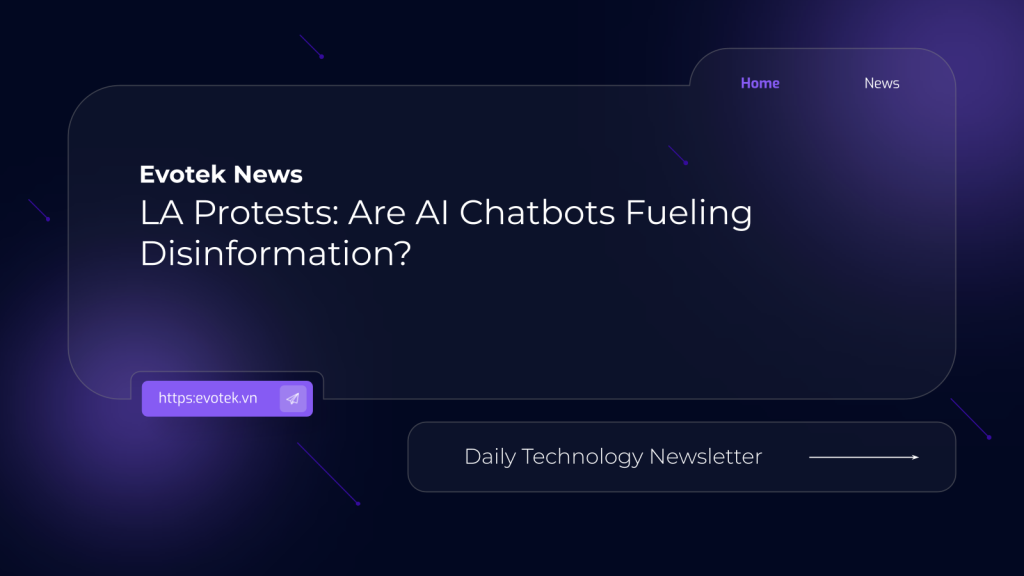Amidst the ongoing protests in Los Angeles, concerns are rising about the role of AI chatbots in spreading inaccurate information. As residents voice their concerns over Immigration and Customs Enforcement (ICE) actions, the digital landscape is becoming a battleground of conflicting narratives, with AI tools inadvertently amplifying the chaos.
Social Media Misinformation Amplified by AI
The LA protests have become a magnet for disinformation, with social media platforms like X and Facebook awash with misleading content. Conservative posters are using tactics such as sharing old protest footage and claiming that protestors are paid agitators. The absence of content moderation on X and Meta, means people have been turning to AI chatbots for clarification, but in many cases, the AI bots have been providing inaccurate answers which fuels the flames of misinformation.
Grok and ChatGPT Under Scrutiny
One example involves images of National Guard troops shared by California Governor Gavin Newsom. Conspiracy theorists quickly claimed the images were AI-generated or misrepresented. When users turned to X’s chatbot, Grok, for clarification, it incorrectly stated the photos were from Afghanistan in 2021. Similarly, ChatGPT misidentified a photo as being taken at Kabul airport, further muddying the waters. This caused the spread of inaccurate information across multiple platforms. The inaccuracies were later clarified, but the initial damage was already done.
Bricks and Baseless Claims
Adding to the issue, images of bricks near the protest site were shared online, suggesting organized unrest. Grok incorrectly identified the location as Paramount, Los Angeles, contradicting fact-checks that placed the image in New Jersey. Despite lacking evidence, Grok insisted that news reports confirmed the bricks’ connection to clashes with federal agents. The unreliability of these chatbots is exacerbating the already complex challenge of navigating real-time information during breaking news events.
The Broader Implications
The issues surrounding AI-driven disinformation extend beyond these isolated incidents. Social media users amplified claims about protesters being “paid shills,” using footage of face masks being distributed. A review of the footage revealed only a small amount of masks. These claims further stoke division.
The growing concern is that AI chatbots, while intended to provide clarity, are instead contributing to the spread of disinformation. As social media giants scale back content moderation, the need for accurate information becomes critical. The unreliability of AI chatbots in this landscape adds another layer of complexity to the current situation, making it more challenging for individuals to discern truth from falsehood.
Sources
- Original article by David Gilbert, WIRED.

 日本語
日本語 한국어
한국어 Tiếng Việt
Tiếng Việt 简体中文
简体中文